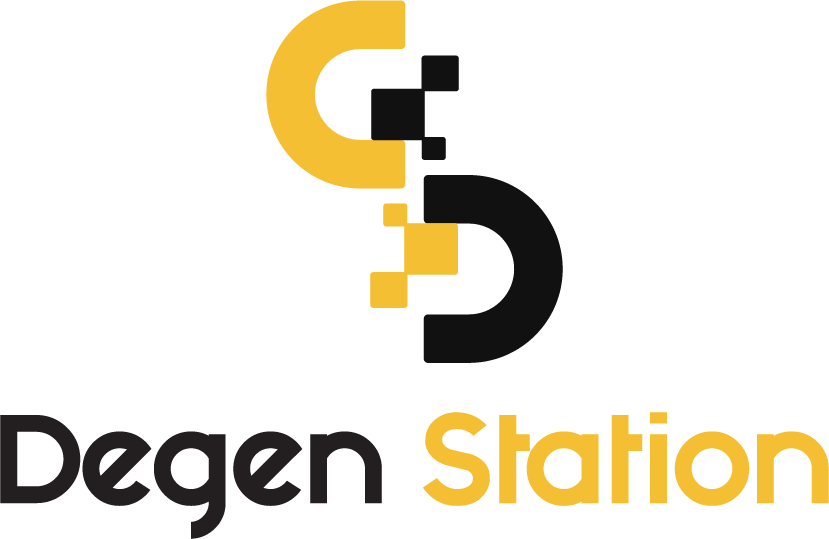Stablecoin Trading Volumes Decline While USDT Market Cap Continues to Rise

The discrepancy between the declining trading volumes of stablecoins and the rising market cap of Tether (USDT) has raised questions among market analysts.

Stablecoin Trading Volumes Decline While USDT Market Cap Continues to Rise
USDT Trading Volume Hits 4-Year Low Despite Rising Market Cap
According to market research firm Kaiko, there's an "anomaly" in the activity of the leading stablecoin, Tether (USDT). While USDT's market cap approaches a record high of $83 billion, its monthly trading volume is on track to hit a 4-year low.
As previously reported by Coin68, Tether’s rise in 2023 has been partly due to the significant recovery of Bitcoin and other major cryptocurrencies in Q1, as well as regulatory challenges faced by competitors in the stablecoin sector.
Binance/Paxos' BUSD stablecoin faced regulatory action from New York authorities and the SEC, resulting in a sharp decline in BUSD's market cap from $16 billion to $6 billion within three months. Meanwhile, USDC encountered a banking crisis in the U.S. in March 2023, with $3.3 billion of its collateral at risk, only salvaged by intervention from the Biden administration. Despite this, USDC’s price briefly depegged to $0.87, severely impacting trust and causing its market cap to drop from $42 billion to $30 billion.
See Also: What is Tether?
However, Kaiko’s data reveals that Tether's trading volume has been declining since March. The research firm suggests that the primary reason may be Binance, the world's largest cryptocurrency exchange, discontinuing free trading of the BTC/USDT pair, which has impacted the demand for Tether. Even though USDT still accounts for over 50% of total trading volume on CEXs, the halt in upward momentum of major cryptocurrencies in Q2 has subdued market activity and reduced the demand for stablecoin transactions.

Comparison of USDT Trading Volume (green bars) and Market Cap (orange line). Source: Kaiko
The oddity lies in the fact that, despite the reduced usage, Tether’s market cap continues to rise during this period.
In contrast, USDC’s market cap and trading volume are directly correlated, reflecting the aforementioned issues.

Comparison of USDC Trading Volume (green bars) and Market Cap (orange line). Source: Kaiko
With a large portion of USDT being issued on Tron (46 billion USDT), a blockchain with significantly lower DeFi activity compared to Ethereum (36 billion USDT), but with exchanges like Binance and OKX holding substantial amounts of USDT, Kaiko suggests that the rise in USDT’s market cap may be driven by the demand for Tether as a reserve asset among these exchanges.
Stablecoin Trading Volume on Ethereum Approaching 4-Year Low
Data from TheBlock shows that stablecoin trading activity on Ethereum is declining to levels not seen since December 2020.

Stablecoin Trading Volume on Ethereum. Source: TheBlock
As of May, USDT’s trading volume stands at $69 billion, down to 60% of the $110.6 billion recorded in April. USDC fares worse, with only $73.1 billion in trading volume, less than half of the $159 billion recorded the previous month.
TheBlock attributes the sharp decline in Ethereum stablecoin volumes to the recent memecoin frenzy, which has driven up transaction fees on the Ethereum blockchain, causing users to migrate to other networks like Tron.

ETH Gas Fee Volatility Over the Past 6 Months. Source: Etherscan





